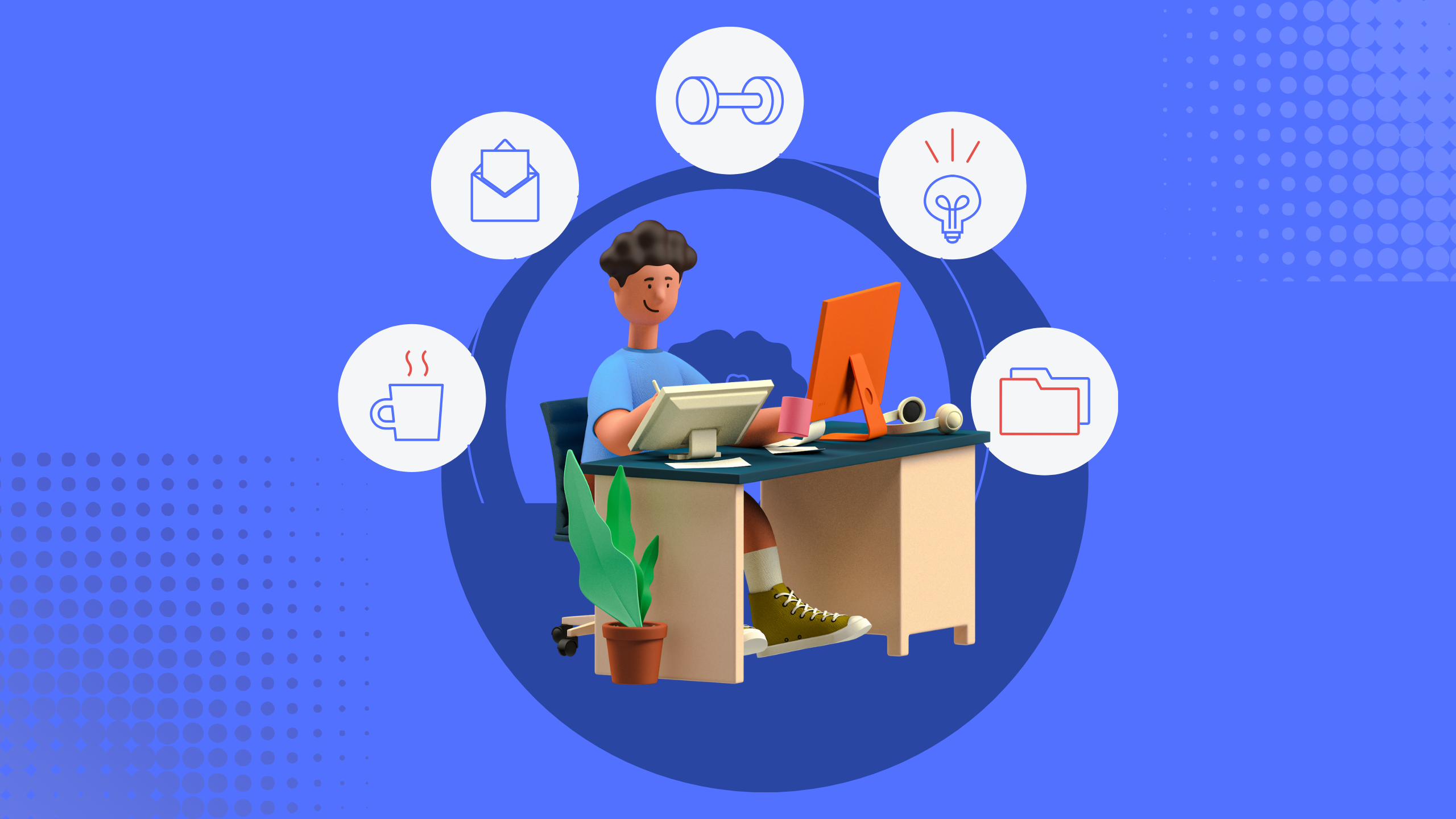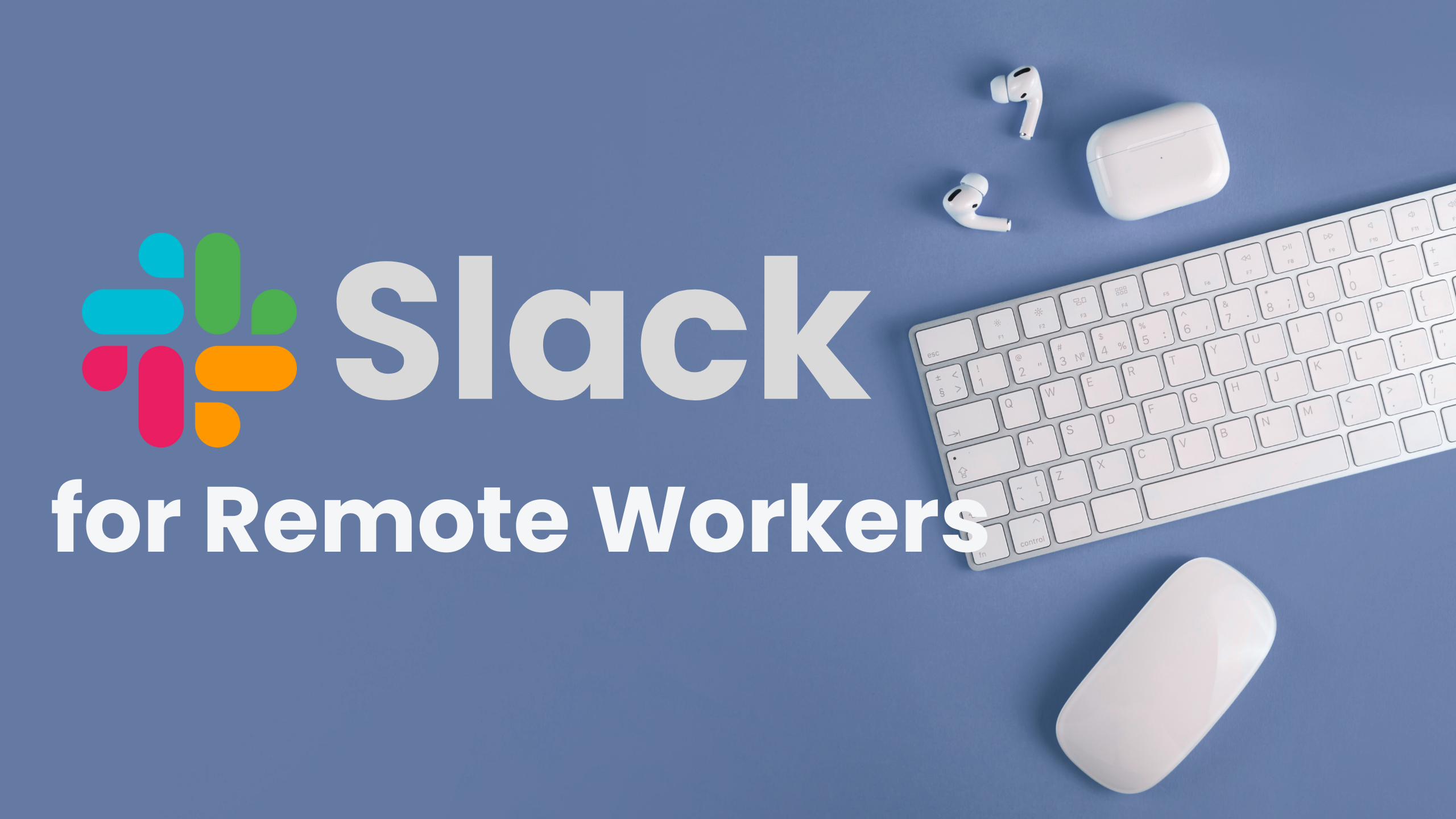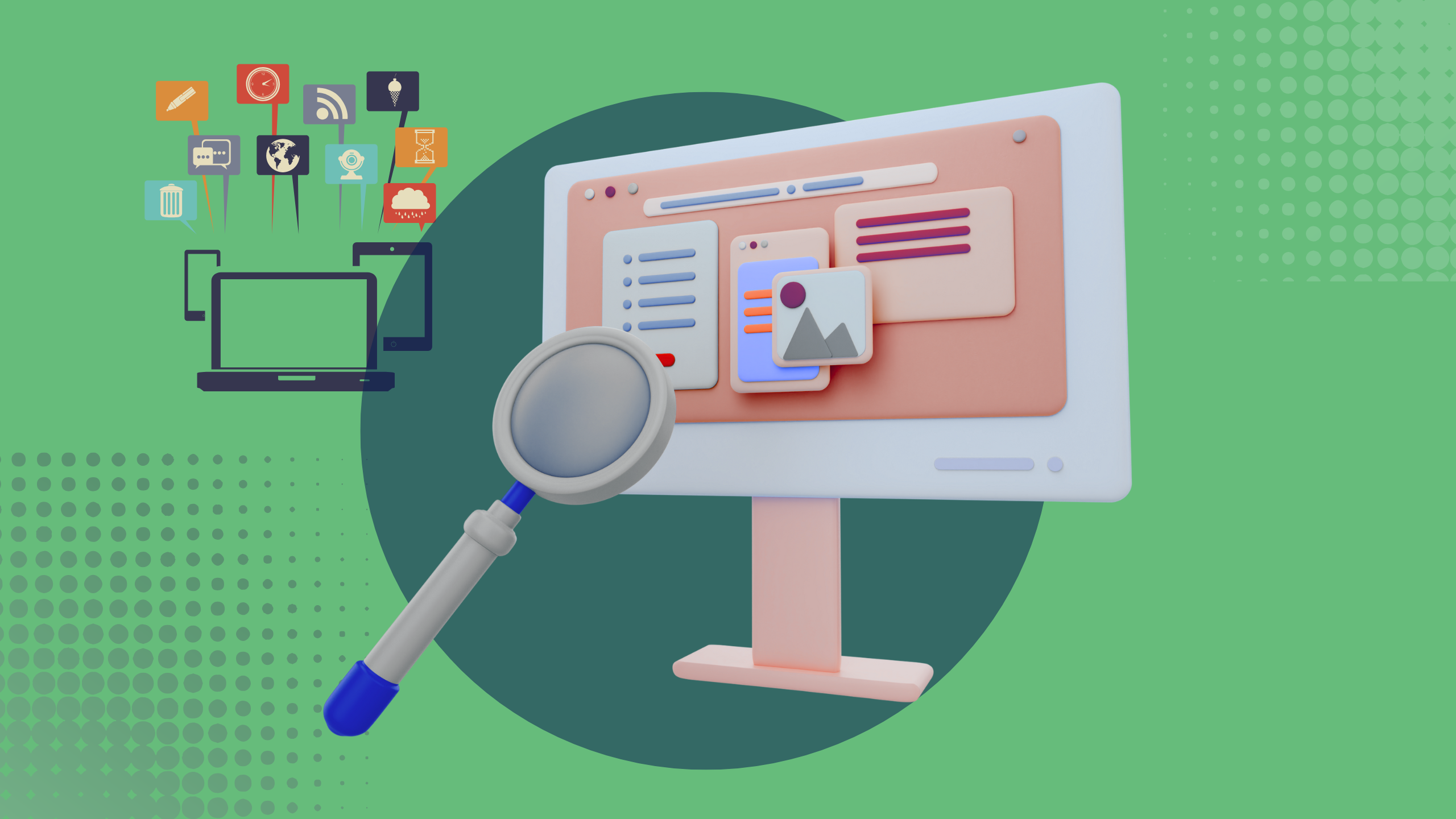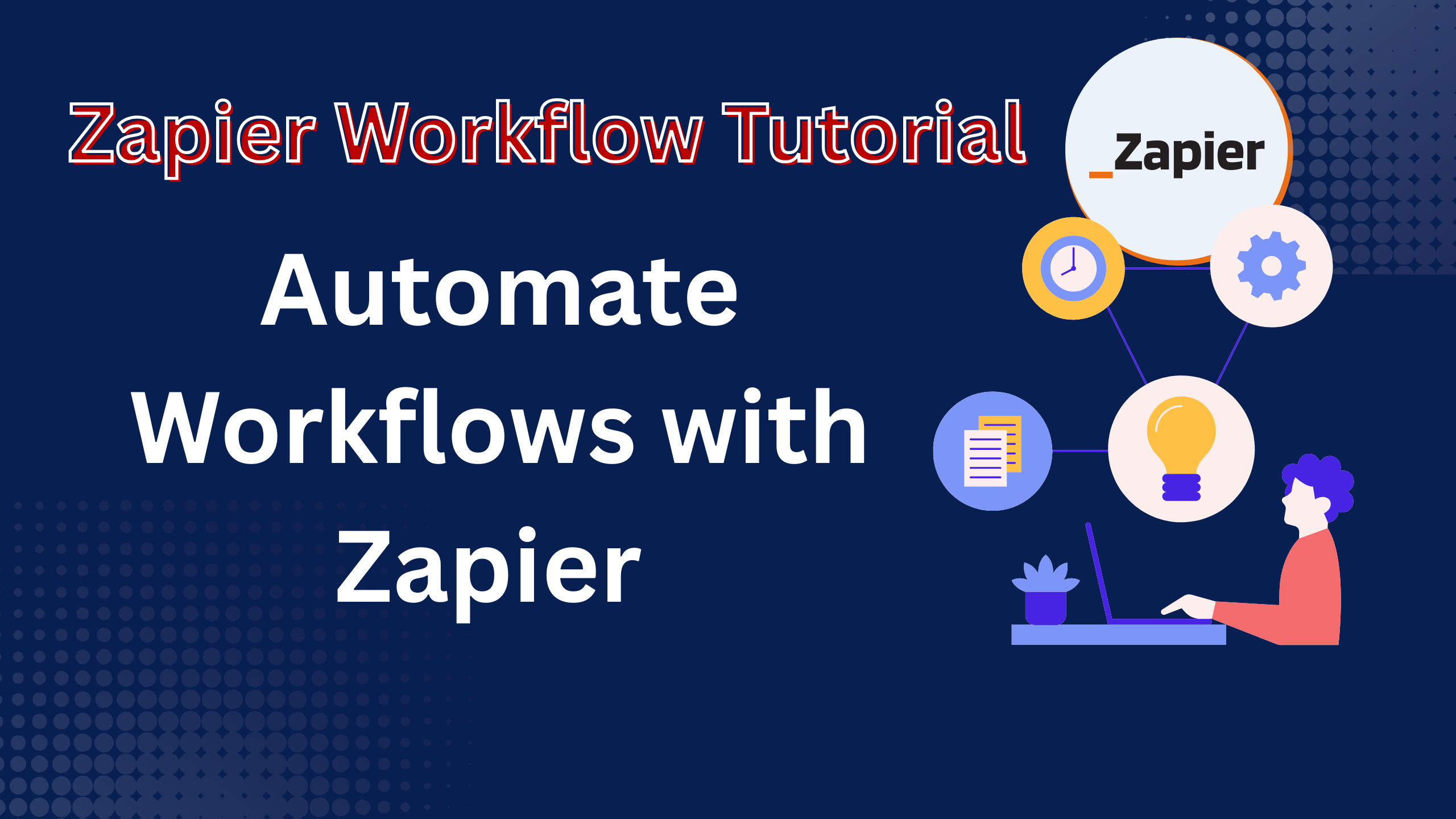In an age where distractions are constant and schedules seem endless, staying on top of your day requires more than just good intentions it demands a tool that’s intuitive, fast, and reliable. That’s why so many remote professionals and productivity-minded individuals are turning to Google Keep for daily planning.
Unlike complex task management software, Google Keep offers a lightweight yet powerful way to organize your day using Google Keep without adding unnecessary layers of structure. Whether you’re managing a project, running a household, or juggling freelance deadlines, its flexibility and instant sync across devices make it ideal for digital daily planning.
Staying productive isn’t about having the fanciest tools it’s about finding the right habits and using technology that doesn’t get in your way. In a digital world overflowing with task managers and planning apps, it’s easy to over-complicate something as basic but essential as daily planning.
This is where Google Keep quietly outperforms many complex platforms. It doesn’t demand a learning curve, subscriptions, or constant updates. It simply works whether you’re jotting down a 3-item grocery list or mapping out a full-day content strategy. It acts like a digital sticky note wall that fits into your phone, browser, or smartwatch ready whenever you are.
Using a structured but flexible note-taking app like Google Keep, you can reclaim mental space and gain clarity in your routine. This makes it especially valuable for solopreneurs, remote professionals, and anyone juggling personal and work commitments.
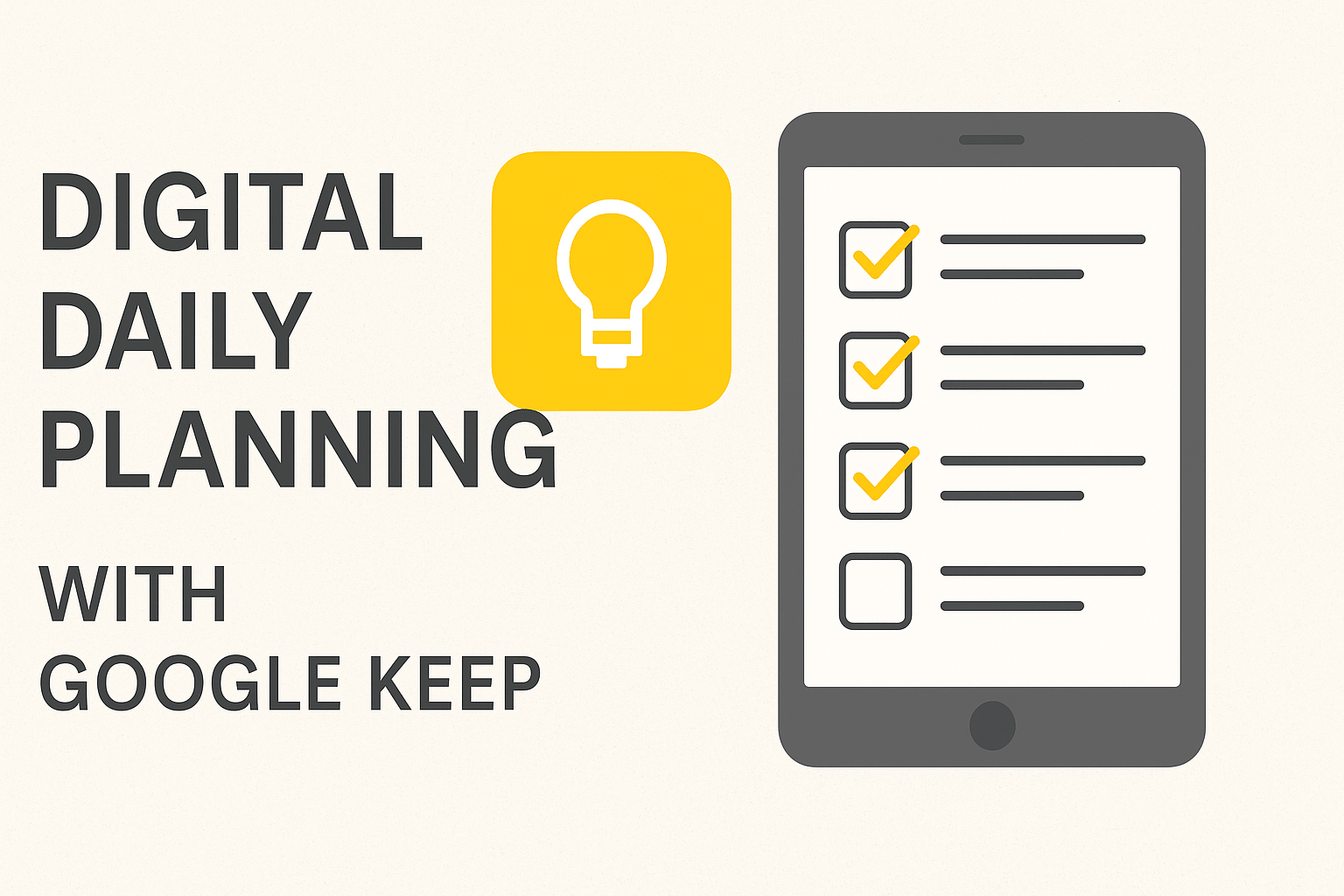
This guide offers a complete look at how to use Google Keep for productivity, especially if you’re seeking a low-friction system that keeps your priorities front and center. From color-coded notes and checklists to seamless integration with Google Calendar, you’ll discover practical ways to turn this free app into your personal planning assistant.
If you’ve been searching for simple daily planning apps that sync with Google Calendar, or want to implement a clear system for task tracking and mental clarity, this Google Keep productivity tutorial will walk you through exactly how to do that without overwhelming you with complicated features you don’t need.
Google Keep may look minimal at first glance, but behind its clean interface is a thoughtfully designed productivity system that can adapt to almost any lifestyle. Whether you’re a remote worker planning your week or a student organizing research notes, its ability to function across multiple platforms with instant sync makes it an indispensable tool in the Google ecosystem.
One of the key strengths of Google Keep lies in how it works across devices. Whether you’re adding a quick note on your Android phone, checking reminders on your iPad, or pinning your most important task in a Chrome browser tab, Google Keep syncs everything seamlessly. There’s no lag, no manual backup, and no worry about version control. This kind of frictionless experience makes it ideal for people who want their notes and task lists available everywhere without the need for exporting or syncing with third-party apps.
How to Use Google Keep for Productivity and Daily Planning
A Complete Google Keep Productivity Tutorial for 2025
In a world flooded with productivity apps, many people are still looking for a simple, fast, and intuitive tool that helps them plan their day without overwhelming them. Enter Google Keep a clean, minimalist app that often flies under the radar but delivers powerful results. In this Google Keep productivity tutorial, we’ll walk you through how to use it for daily planning, goal setting, and building a sustainable productivity system.
What Is Google Keep and Why Is It So Effective?
At its core, Google Keep is more than a simple note-taking app it’s a flexible planning assistant designed to help you capture ideas, structure your to-do lists, and stay on top of your priorities in real time. Whether you’re working solo, managing a hybrid schedule, or coordinating tasks with others, Google Keep delivers a lightweight solution that keeps productivity flowing without unnecessary friction.
What makes it stand out is its minimalist interface. You don’t need a manual or on-boarding video to get started. With just a few taps, you can create a checklist, assign a color, add a label, and set a smart reminder all in less than a minute. For users searching for how Google Keep helps with task management, this no-fuss system is a game changer.
Key Benefits of Using Google Keep for Productivity
- ✅ Instant Access Across All Devices – Plan on mobile, update from desktop.
- ✅ Visual Prioritization – Use colors and pinned notes to highlight urgent tasks.
- ✅ No Login Fatigue – Auto-syncs with your existing Google account.
- ✅ Low Cognitive Load – Unlike complex project software, Keep lets you focus on what matters most: doing the work.
Why It Works in Real Life
Instead of forcing users into rigid workflows, Google Keep supports fluid productivity. You can jot down tasks on your phone during a commute, pin your top priorities to the top of the app, or even dictate a note using voice input. These small interactions compound into better focus and follow-through especially for those juggling both personal and professional responsibilities.
Unlike traditional task managers that lean heavily into project hierarchies and kanban boards, Google Keep thrives by keeping things simple. This is particularly effective for people looking for a daily planning app that syncs across devices, works offline, and integrates directly with the tools they already use like Google Calendar, Docs, and Gmail.
Read Also: 7 Smart Ways to Organize Remote Work Schedule with Google Calendar
Features of Google Keep That Enhances your Daily Productivity
What sets Google Keep apart from the growing crowd of productivity tools isn’t just its minimalist design but the range of practical features hidden beneath that simplicity. If you’re on the hunt for a tool that delivers more than just note-taking, the best features of Google Keep app offer surprisingly robust support for personal planning, idea capturing, and task follow-through.

Here are some of the most underrated yet powerful tools in Google Keep that can streamline your productivity process in unexpected ways.
1. Voice Notes That Convert to Text Automatically
Google Keep lets you record voice notes on your mobile device and not just store them as audio, but instantly convert speech into editable text. This is incredibly useful for quick idea dumps, hands-free to-do lists while commuting, or saving thoughts on the go. For those who prefer talking over typing, this Google Keep voice note feature saves time and boosts accessibility.
2. Drag-and-Drop Flexibility in List Management
Unlike rigid task managers, Keep allows you to reorder items in checklists by simple drag-and-drop gestures. Whether you’re reorganizing your priority tasks or adjusting steps in a routine, the fluidity in this interaction supports real-time productivity, without needing to rebuild entire lists.
3. Instant Image-to-Text Conversion (OCR)
A standout functionality few users take full advantage of is Google Keep’s optical character recognition (OCR). You can take a photo of handwritten or printed text, and Keep can extract and convert it into editable content. Whether you’re digitizing notes from a whiteboard, a receipt, or a page from a notebook, this feature makes it effortless to transition analog to digital.
4. Custom Reminders for Context-Based Productivity
Instead of limiting you to time-based alerts, Keep lets you set location-based reminders so you can get a grocery list notification when you arrive at the supermarket, or be reminded to call a client when you get to the office. This contextual awareness feature adds a smart layer of automation to your day.
5. Collaborative Notes in Real Time
Planning a project with a teammate? Sharing errands with your partner? Google Keep allows for instant collaboration on notes and checklists, so multiple people can contribute, edit, and complete tasks together. There’s no extra software or learning curve just click “Collaborator” and enter an email.
This makes it an ideal choice for users looking to organize ideas with Google Keep efficiently in shared contexts without formal project boards.
6. Note Archiving Without Deletion
Unlike some apps where removing clutter means deleting content permanently, Google Keep offers a clean archiving feature. Archived notes disappear from your main board but stay searchable and editable. This helps maintain a minimalist dashboard without losing valuable history.
7. Multi-Device Sticky Note Syncing
Keep acts like digital sticky notes that sync across every device you use. Unlike a static notepad or a single-device reminder app, you can capture an idea on your phone, refine it on your laptop, and reference it on your smartwatch no export, no email, no friction.
The real magic of Google Keep lies in how its unique functionalities support both structured planning and creative thinking. Whether you’re brainstorming content, managing a hybrid workweek, or keeping personal and professional life balanced, these lesser-known features turn Google Keep into more than just a note app it becomes your personalized productivity dashboard.
If you’re looking for Google Keep tools for focus and productivity, these features offer a clear edge especially for users who value speed, flexibility, and mobile-first design.
🔗 Try Google Keep here: https://keep.google.com
Why Use Google Keep for Daily Planning?
In a world that thrives on speed, simplicity, and sync, the demand for tools that streamline our daily routines has never been higher. That’s exactly where Google Keep shines. It’s not just a digital notepad it’s a subtle powerhouse for those who want structure without stress. If you’re searching for the benefits of using Google Keep for daily planning, this tool offers a rare combination of flexibility and focus that most apps fail to deliver.
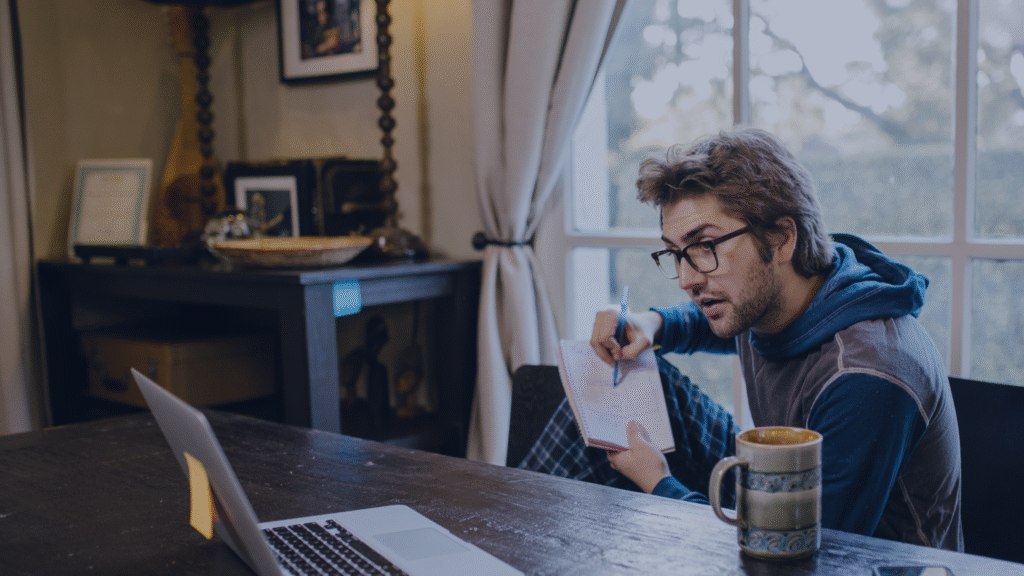
Built for Everyday Life, Not Just Business
Unlike platforms designed for team collaboration or corporate workflows, Google Keep was created with the individual user in mind. It seamlessly supports the way we naturally think through lists, visuals, quick notes, and reminders making it perfect for anyone who wants to plan their day with Google Keep in a personal, lightweight format.
Whether you’re noting errands, planning meals, or segmenting tasks by time block, the app allows you to visually arrange your thoughts and structure your day with ease. The drag-and-drop interface, quick checklist creation, and intuitive layout make it especially helpful for daily routines and micro-goal setting.
Time-Blocking and Task Batching Made Simple
While advanced planners use complex time management strategies like time-blocking or task batching, Google Keep lets you implement these concepts without needing a tutorial. You can assign tasks to specific time slots or group similar actions together using labels like:
- 🕗
#morning-routine - 🔁
#weekly-review - 💼
#deep-work-session
If you’ve been exploring Google Keep for time-blocking and task batching, you’ll find that the simplicity of color-coded notes and pinned priorities actually supports these systems better than most overcomplicated productivity tools.
Integrates Naturally Into Your Day
One of the underrated strengths of Google Keep is how seamlessly it integrates into your everyday environment. It doesn’t pull you out of your flow it sits quietly in your phone, Chrome tab, or smartwatch, ready when you are. Planning your day becomes a habit, not a task. For those looking to stay consistent, this is key.
Imagine your day starting with a tap: check your pinned note titled “Today’s Plan,” cross off a few early wins, and receive a location-based reminder when you walk into the grocery store. This is the kind of real-time planning Google Keep makes possible.
Ideal for Personal and Professional Balance
For freelancers, remote workers, busy parents, and students, juggling priorities across different areas of life is the norm. Google Keep makes it easy to create separate but visible lists for each area whether it’s client work, groceries, learning goals, or wellness tasks. It’s one of the few apps where daily planning for work and life can co-exist without chaos.
Why It Ranks Among the Best Daily Planning Tools
If you’re still wondering is Google Keep effective for daily routines?, consider this: it doesn’t just help you track tasks it shapes the rhythm of your day. The clarity it brings to your priorities, the speed with which it lets you plan, and the freedom it offers to adapt make it one of the most underrated tools for daily productivity in 2025.
For anyone craving structure without complexity, Google Keep is not just an option it’s a solution.
Read Also: Trello vs Asana for Remote Teams: 5 Features That Make or Break Your Workflow
Step-by-Step Google Keep Productivity Tutorial: How to Plan Your Day
Let’s break down how you can use Google Keep step-by-step to structure your day and boost your productivity.
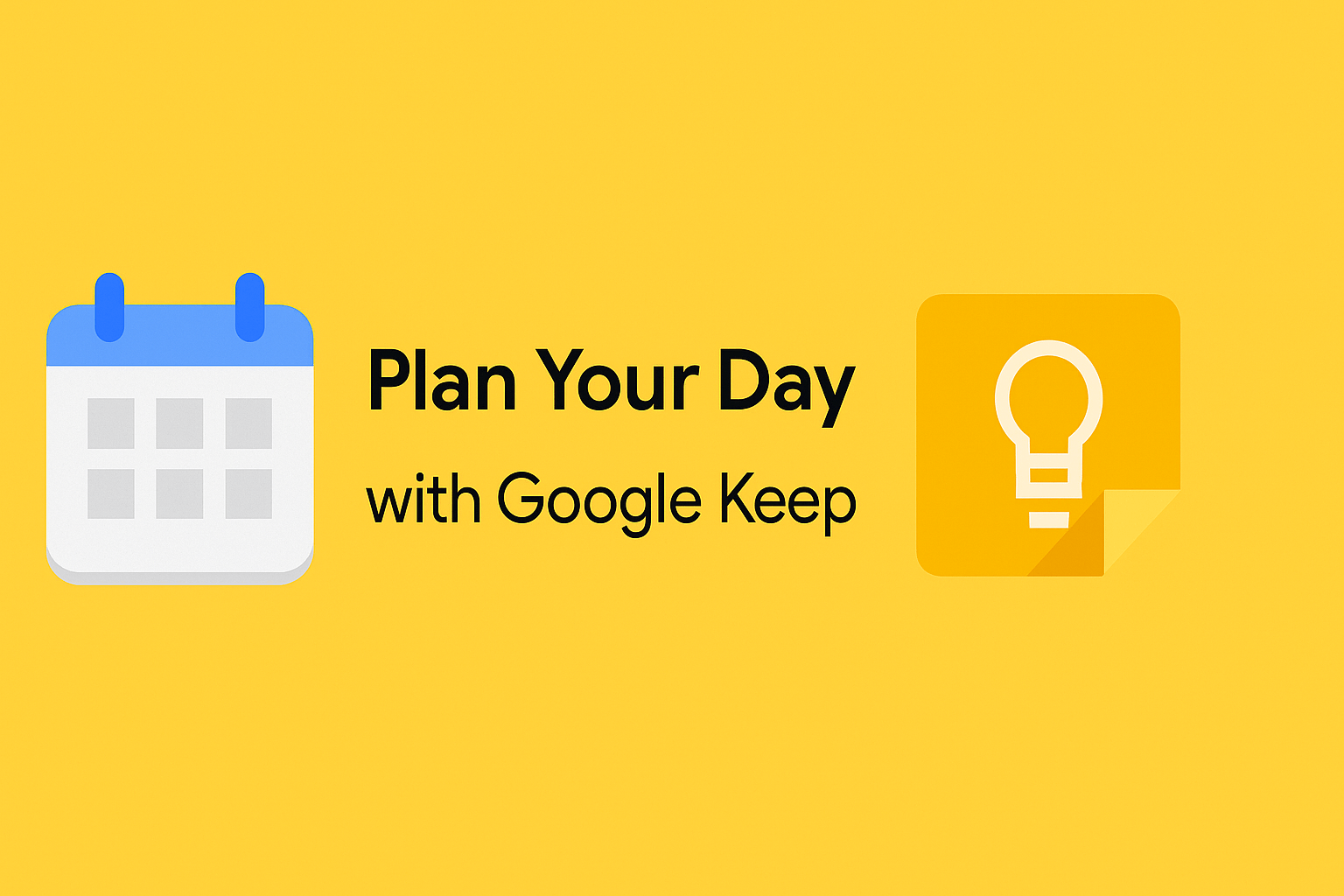
Step 1: Install and Set Up Google Keep
- Download the app on Android or iOS.
- Alternatively, access it online at keep.google.com.
- Sign in with your Google account.
💡 Tip: Pin the web app tab for easier access during work hours.
Step 2: Create a Daily Planning Template
You can make a reusable checklist with headers like:
- 🗓️ Morning Tasks
- 📞 Meetings/Calls
- ✅ Top Priorities
- 🌐 Follow-ups
Add checkboxes for each item and save it as a reusable pinned note at the top.
Step 3: Use Labels and Colors to Organize
Assign colors and labels to group similar tasks:
- Red = High Priority
- Yellow = Personal Tasks
- Blue = Work-Related
- Green = Health or Wellness
📌 Create labels like:
#urgent-today#weekly-goals#client-projects
👉 Learn more about color-coding in Google Workspace
Step 4: Set Smart Reminders
Click the reminder icon (bell) and:
- Set time-based reminders (e.g., 8:00 AM for daily briefing).
- Or, use location-based reminders (e.g., grocery list pops up when you reach a store).
These sync with Google Calendar automatically.
Step 5: Use Voice Notes and Photos for Context
Add context by:
- Recording a voice memo (Keep transcribes it).
- Attaching a photo (e.g., handwritten notes or receipts).
Great for those who process information visually or verbally.
Step 6: Collaborate on Shared Notes
Want to co-manage a team task list or family grocery plan?
- Click “Collaborator” and add email addresses.
- Everyone can edit the note in real time.
📍 Ideal for delegating without constant back-and-forth communication.
Pro Tips to Boost Productivity with Google Keep
Here are some advanced tactics that go beyond basic use:
1. Weekly Review Note
Create a note titled “Weekly Review” with sub-sections:
- Wins
- Challenges
- Priorities for Next Week
✅ Review it every Sunday night.
2. Link Google Keep with Google Docs
Use the Google Docs Sidebar to drag notes directly into your documents. Perfect for writers, planners, and researchers.
🔗 Learn how here: Use Keep notes in Docs
3. Automate with Zapier
Set up automated workflows using Zapier like:
- Create a Google Keep note from a Slack message.
- Auto-archive notes marked “done” weekly.
💡 Want automation ideas? Check this Google Keep + Zapier guide
Useful Use Cases for Google Keep in Daily Life
Google Keep isn’t just another note-taking tool it’s a digital utility belt for organizing the small, ongoing details of everyday life. Its strength lies in how effortlessly it adapts to personal habits, without demanding major workflow changes. Here are some practical, often overlooked ways people use Google Keep to simplify their day-to-day routines.
1. Meal Planning and Grocery Prep
Planning meals ahead of time saves money and reduces stress, especially during busy weeks. Google Keep allows you to build weekly meal ideas and pin your current grocery list at the top of your board. Even better, you can share the list with a family member in real time so they can grab ingredients on their way home.
📝 Pro Tip: Use checkboxes for grocery lists, and color-code your notes for categories like dairy, produce, or frozen.
2. Keeping Track of Books, Movies, or Podcasts
Instead of opening a new app every time someone recommends a new title, jot it down in a Google Keep note labeled “To Watch & Read.” You can quickly capture suggestions on the go and return to them when you have downtime.
🎧 Great for: Podcast enthusiasts, bookworms, and people who love curated entertainment.
3. Running Errands with Location Reminders
Heading out for multiple errands? Google Keep lets you set location-based reminders so your shopping list or dry cleaning task pops up exactly when you arrive at the store. No more “Oops, I forgot” moments.
📍 Real-world value: You’ll never leave the pharmacy without picking up your prescription again.
4. Organizing Learning Goals or Study Notes
Whether you’re brushing up on a language, preparing for an exam, or taking an online course, Keep can be your personal study companion. Use it to store flashcards, key takeaways, or daily vocabulary words.
📚 Tip: Create one note per topic or chapter, and use labels like “Revision,” “Quizzes,” or “Formulas” to keep things organized.
5. Storing Inspirational Quotes or Journaling Moments
Keep isn’t just for tasks it’s also a place to collect things that inspire you. Save your favorite quotes, thoughts from a good book, or even personal reflections. With voice-to-text, you can capture thoughts in the moment even during a walk or commute.
🖋️ Mental wellness angle: These notes serve as micro-journal entries or mood boosters when revisited later.
6. Gift Ideas Throughout the Year
Come birthdays or holidays, trying to recall what someone mentioned they wanted months ago is nearly impossible. Keep a running list labeled with names like “Gift Ideas – Dad” and jot down ideas as they come up. When gifting season arrives, you’re ready.
🎁 Bonus: Attach links or images for specific items for easy shopping later.
7. Tracking Home Maintenance and Household Tasks
Need to remember to change your water filter every three months? Or when you last serviced the AC? Keep can act as your home maintenance log, complete with checkboxes and recurring reminders.
🏡 Use Case: A single pinned note titled “House Upkeep” keeps everything in one view.
Concluding Remark
The beauty of Google Keep lies not in its features but in how intuitively it fits into your lifestyle. From self-care to shopping, study routines to surprise gift lists, it makes staying organized feel effortless. It’s not about planning like a pro; it’s about living with less mental clutter and more clarity.
| Use Case | Description |
|---|---|
| Work Tasks | Create daily task notes with checkboxes |
| Brain Dumps | Keep a quick capture note for random thoughts |
| Shopping Lists | Shared note with your partner/family |
| Self-Care | Track habits like water, meditation, walks |
| Content Planning | Draft blog ideas or scripts on the go |
How Google Keep Helps You Stay Productive
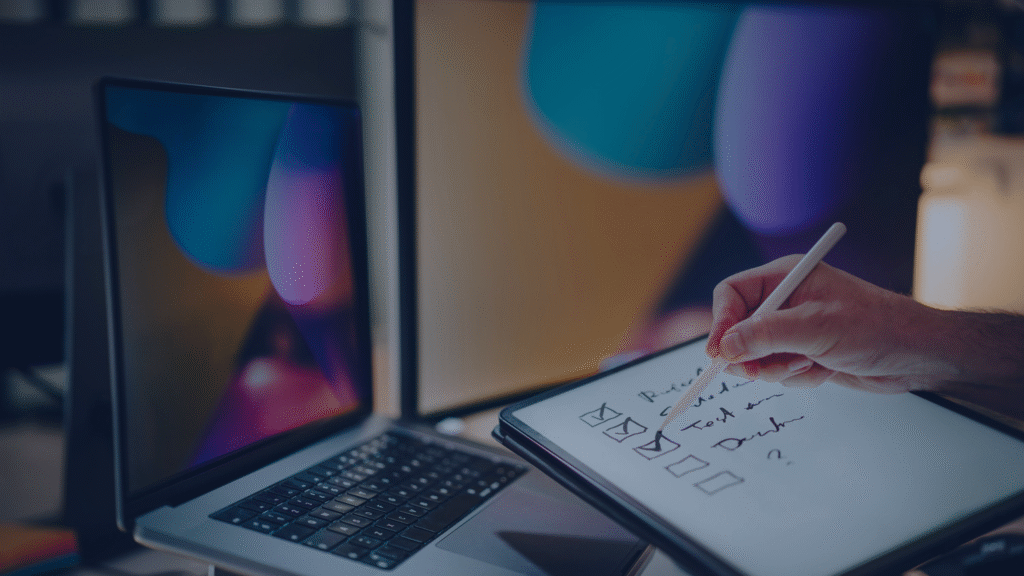
In a digital world saturated with all-in-one productivity platforms, Google Keep remains refreshingly simple. Yet its simplicity is precisely what makes it so effective. For individuals who want to stay focused, capture thoughts quickly, and organize priorities without getting bogged down by features, Google Keep offers a distraction-free experience that aligns perfectly with modern work habits.
1. Less Complexity = More Action
Unlike project management apps loaded with dashboards, Gantt charts, and task dependencies, Google Keep thrives on immediacy. You open it, type or speak your thought, and move on. That quick capture process minimizes the delay between idea and execution, allowing your brain to stay focused on the task at hand. It’s a major reason why Google Keep improves focus and efficiency without the need for steep learning curves.
2. Supports Fast Decision-Making
Every productivity expert agrees: clutter creates confusion. Google Keep helps cut through mental noise by offering a visual dashboard of only the things that matter today. You can color-code top tasks, pin your priority checklist, and swipe away the rest. This clarity helps you make faster decisions, manage daily goals, and reduce overwhelm a key benefit for remote professionals and entrepreneurs.
3. Encourages Micro-Planning Habits
Big plans fail when they’re too complicated. Keep makes it easy to break down your day into micro-goals: a checklist for your morning routine, a quick grocery list, a note for today’s client call. These small, achievable actions stack up, creating momentum. If you’re looking into Google Keep productivity tips, micro-planning is one of the most effective habits to start with.
4. Ideal for Mental Offloading
One of the underrated reasons to use Google Keep for productivity is how well it supports mental offloading the process of getting ideas, reminders, or unfinished thoughts out of your head and into a trusted system. This frees up your cognitive load so you can stay present and perform deep work without worrying you’ll forget something important.
5. No Distractions, No Notifications Overload
While other apps push alerts, badges, and project updates constantly, Google Keep stays quiet unless you tell it otherwise. You can choose to receive only essential reminders at a specific time or place allowing you to stay in flow and avoid unnecessary digital noise. This minimalistic notification system is one of the reasons Google Keep boosts time management and mental clarity.
6. Keeps You in Motion Throughout the Day
Productivity is not just about starting strong it’s about staying consistent. Google Keep helps with quick task reviews and on-the-fly updates, which means you’re not locked into a static plan. If your priorities shift mid-day, you can adapt your checklist in seconds. This level of agility supports real-world productivity far better than rigid task apps.
Statistics: Why Google Keep Helps You Stay Productive
| 📊 Metric | 💡 Insight |
|---|---|
| 86% | of remote workers prefer a minimal tool over complex project managers. |
| 72% | say color-coded notes help prioritize tasks faster. |
| 55% | of users say they use Google Keep daily. |
| 68% | of people who use time-based reminders complete more daily tasks. |
(Source: Google Workspace User Research, 2024 | Trello vs. Keep Comparison Report)
External Tools to Integrate with Google Keep to Increase Efficiency
While Google Keep is remarkably effective on its own, pairing it with the right external tools can amplify your productivity even further. Since Keep doesn’t offer native plugin support like some project management suites, its strength lies in how well it connects with the broader Google ecosystem and other smart workflow tools compatible with Google Keep.
Here are several external apps and services that, when used strategically, can extend Google Keep’s usefulness far beyond simple note-taking.
- 📅 Google Calendar – Sync reminders for scheduling.
- ⚡ Zapier – Automate workflows.
- 🧾 Google Docs – Drag and drop notes into content plans.
- ✅ Todoist – Transfer notes into structured task lists (via Zapier).
Conclusion: Google Keep Is Simplicity That Scales
You don’t need dozens of tabs and fancy dashboards to be productive. Google Keep proves that simplicity, when done right, scales beautifully. Its visual interface, lightning-fast usability, and seamless integration with Google Workspace make it a quiet powerhouse for remote workers, students, parents, and professionals alike.
By following this Google Keep productivity tutorial, you’ll not only streamline your day you’ll reclaim your time.

